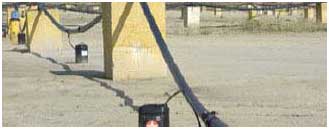Rubbish transformation into Energy
The increase of population and the development of the consumer society raise one of the greater present problems: the increasing generation of urban solid remainders and the need to recycle and reduce them. Each person throws between 500 and 550 kg of domestic waste a year.
Description of the system to transform rubbish into energy:
- First step: at home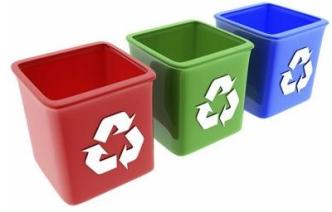
Obtaining the highest assessment and recovery of the recyclable inert matter depends on an efficient domestic selection. The increase of the amount of domestic waste is mainly non organic matter, that is to say, susceptible to be recycled.
- Second step: collection
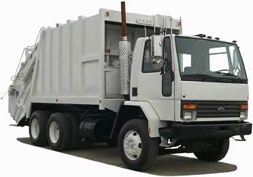
- Third step: Recycling Plant
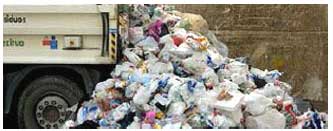
The truck dumps the recyclable products in a warehouse where they are classified in groups: paper and cardboard, glass, plastic, metal and tetra bricks. A 26% is rejected. Each of them enters the selection process in an individual way. The first selection is made by operators who throw away the organic matter in an initial triage cabin.

After this selection, the waste goes through a tromel that separates, thanks to the joint action of air and magnets, the remainders that do not belong to the chain in course, for example, if plastic is being selected, the tetra bricks and other remainders are removed, which will go through the process again when their turn comes.
In the triage and main selection cabin, numerous operators narrow down the waste. Some materials will be rejected for the plant and they will be taken to the dumping area. The rest are separated into their corresponding containers. Once there, they will go through an extracting conveyor in which the magnetic fields get the metals out, and they are taken to their corresponding container. The glass, the paper, the scrap, bricks and the plastic are ready to be packed.
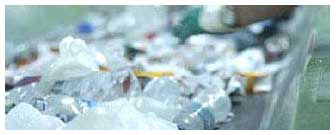
Once selected and packed according to their nature, the different products are prepared to be transported to companies that use them as raw material to create new products.
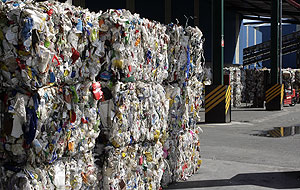
- Fourth step: Rubbish Dump
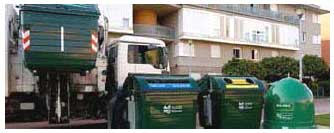
The organic remainders get to the dumping area, which is divided into cells. These areas are around 2,000 square meters and once they are full with waste they are covered with soil to facilitate the anaerobic fermentation of the organic matter.
Each cell has its own drainage for the canalization of leachate (liquid resulting from the metal dissolution process) to the network of collectors. This centralized system of extraction and gas conduction makes these gases be power usable. It generates enough energy, based on the characteristics of the plant, to turn it into self-sufficient and even export to the network. In addition, it manages to eliminate the possible affections because of scents or fires.
